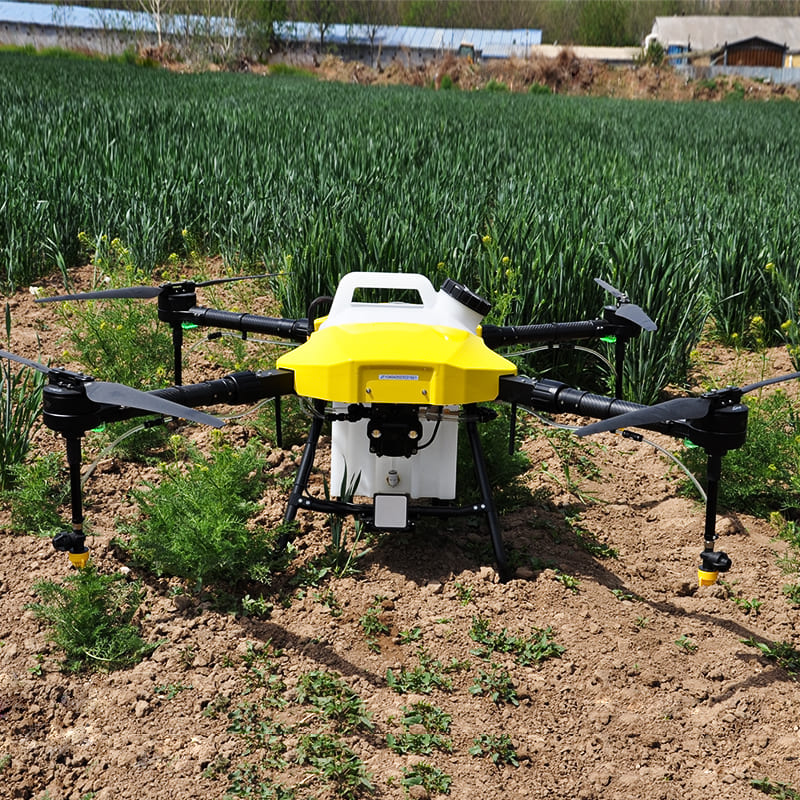
How to Fumigate Soil for Farming
Soil fumigation is a method of treating soil with chemical fumigants (or organic alternatives) to eliminate pests, diseases, nematodes, and weed seeds before planting. It helps improve crop health and yield.
1. Purpose of Soil Fumigation
- Kill soil-borne pathogens (fungi, bacteria).
- Control nematodes (microscopic worms).
- Reduce weed seeds and unwanted vegetation.
- Improve overall soil health for better crop establishment.
2. Preparation Before Fumigation
- Select the Site
- Choose land free from crops.
- Remove plant residues, roots, and large stones.
- Soil Moisture
- Soil should be moist but not waterlogged.
- Ideal moisture: when soil can be squeezed into a ball without crumbling.
- Soil Tillage
- Plow or harrow the soil to a fine tilth (loose, even texture).
- Break clods to ensure good gas penetration.
- Soil Temperature
- Best fumigation temperature: 15–30°C (60–85°F).
- Avoid fumigation in very cold or extremely hot weather.
3. Fumigation Methods
A. Chemical Fumigation
Common fumigants (depending on country regulations):
- Methyl bromide (phased out in many countries due to environmental concerns).
- Chloropicrin.
- 1,3-dichloropropene (Telone).
- Metam sodium or dazomet (convert to gas in soil).
Steps:
- Apply fumigant uniformly to soil (by injection, drenching, or spraying).
- Immediately cover the soil with plastic sheeting (polyethylene film) to trap gases.
- Leave covered for 5–14 days (depending on fumigant and soil conditions).
- Remove cover and aerate soil for at least 7–14 days before planting.
⚠️ Safety Precautions:
- Wear protective clothing, gloves, and respirators.
- Follow local agricultural regulations.
- Only trained personnel should handle fumigants.
B. Organic / Non-Chemical Soil Fumigation (Soil Solarization)
- Irrigate soil until it is moist.
- Cover soil tightly with transparent plastic sheets.
- Leave under full sun for 4–6 weeks.
- Heat (45–60°C / 113–140°F) builds up under the plastic.
- This kills many pathogens, nematodes, and weed seeds.
- Remove plastic and prepare soil for planting.
This method is safer, cheaper, and environmentally friendly.
4. After Fumigation
- Do not plant immediately; allow soil to aerate to prevent seedling injury.
- Check for residual smell of fumigant (if using chemicals).
- Apply organic manure or compost to restore beneficial microbes.
- Begin planting once soil is safe.
5. Advantages
- Reduces soil-borne diseases and pests.
- Improves crop yields.
- Provides a clean seedbed for high-value crops (vegetables, flowers, etc.).
6. Limitations
- Chemical fumigants can be expensive and hazardous.
- Some fumigants are restricted or banned.
- Soil solarization requires hot, sunny weather.
